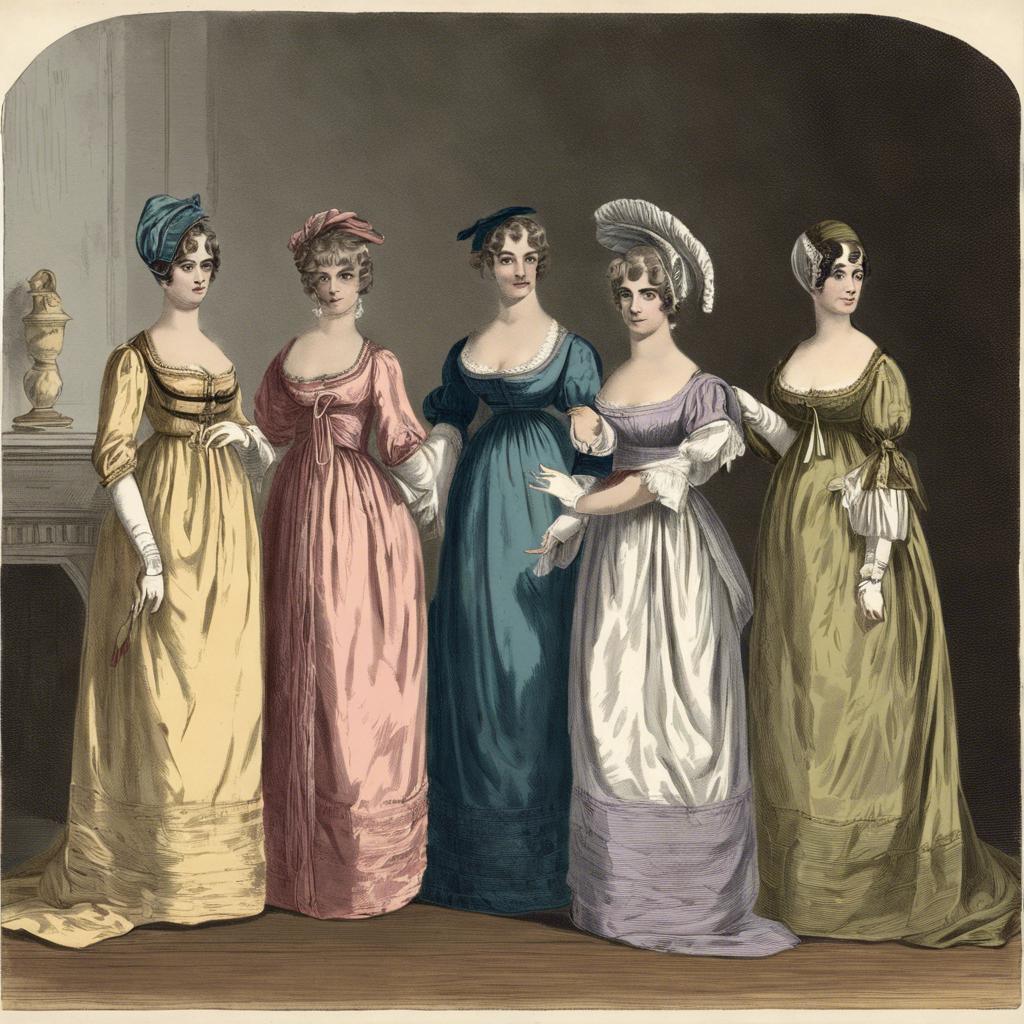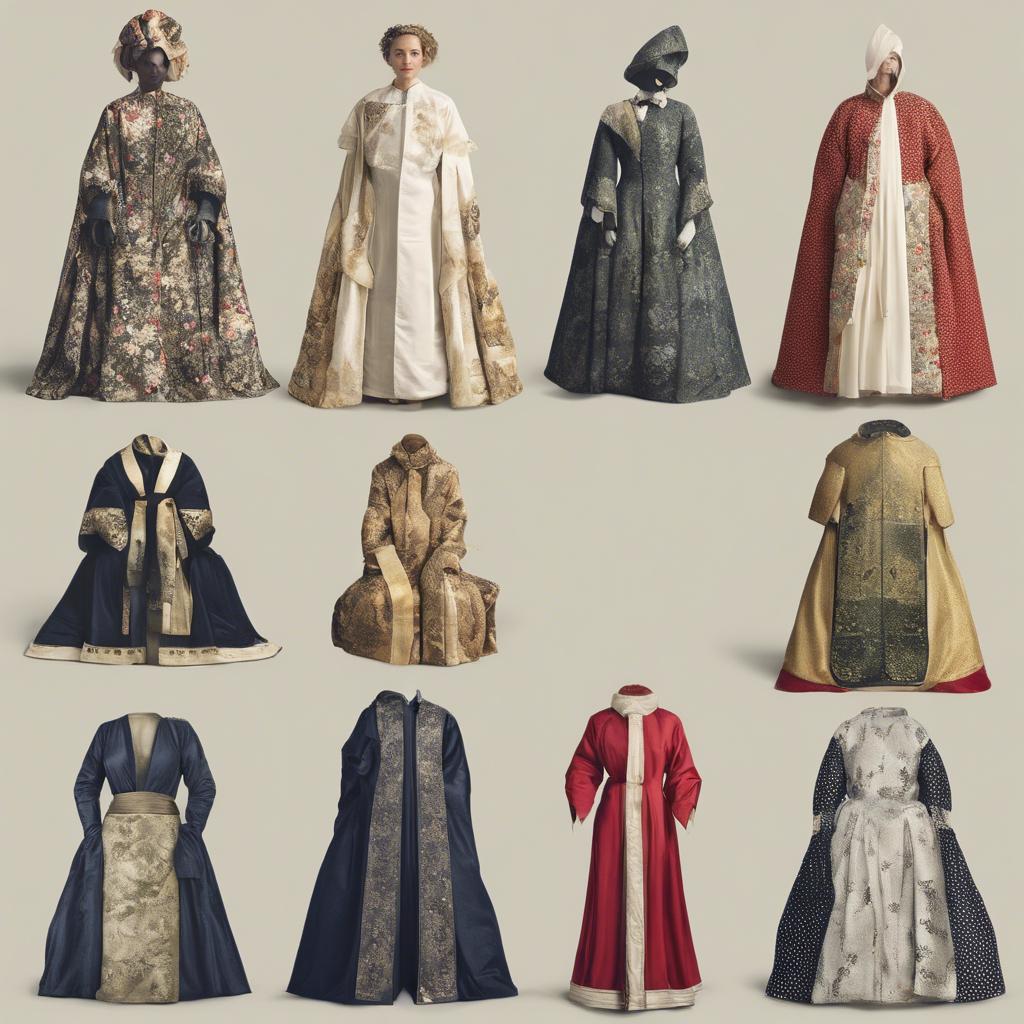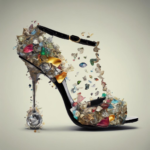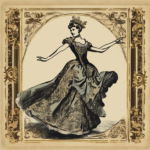During the Regency era, a period of great political and social change in England spanning from 1811 to 1820, fashion played a significant role in defining societal norms and cultural identity. One of the most iconic garments of this era was the regency era robe, a garment that epitomized the elegance and refinement of the time. This article will explore the history of the regency era robe, its design and construction, and its influence on fashion during this pivotal period in British history. Join us as we delve into the world of regency fashion and discover the allure of this timeless garment.
Step Into the World of Cheryl Bolen
Dive into the enchanting stories of love, intrigue, and elegance set in the Regency Era. Cheryl Bolen's novels offer timeless romance and captivating tales that will leave you wanting more.
Explore Cheryl Bolen's Books Now
The Evolution of Regency Era Robes: A Dive into Fashion History
During the Regency era, robes were a staple in women’s fashion, representing elegance and sophistication. These robes were typically made of lightweight fabrics such as muslin or silk, allowing for ease of movement and comfort. The silhouette of the robes was characterized by high waistlines, flowing skirts, and delicate details such as ruffles and lace.
One of the most iconic features of regency era robes was the use of empire waistlines, which created a flattering and elongated silhouette. The empire waistline was positioned just below the bust, accentuating the waist and creating a slimming effect. This style was inspired by the fashions of ancient Greece and Rome, giving regency era robes a classical and timeless appeal.
Accessories played a key role in completing the regency era look. Women would often pair their robes with delicate shawls, gloves, and bonnets, adding an extra touch of elegance to their ensemble. Hairstyles were also a crucial component of regency era fashion, with women often wearing their hair in loose curls or intricate updos to complement their robes.
Characteristics of Regency Era Robes: Silhouettes, Fabrics, and Embellishments
The Regency Era was a time of elegance and refinement in fashion, with robes being a popular choice for both day and evening wear. The silhouettes of Regency era robes were characterized by high waistlines, flowing skirts, and delicate drapery that accentuated the natural curves of the body. These garments were typically made from lightweight fabrics such as muslin, silk, and satin, which allowed for graceful movement and a slim, columnar silhouette.
Silhouettes of Regency era robes:
– High waistlines
– Flowing skirts
– Delicate drapery
Fabrics used in Regency era robes:
– Muslin
– Silk
– Satin
Embellishments on Regency era robes:
– Lace trim
– Embroidery
– Ribbon accents
Embellishments played a key role in enhancing the beauty of Regency era robes. Lace trim, delicate embroidery, and ribbon accents were commonly used to add a touch of luxury and femininity to these garments. These embellishments were often strategically placed to draw attention to the neckline, waist, and hemline of the robe, creating a sense of opulence and sophistication. Regency era robes were a symbol of refined taste and exquisite craftsmanship, reflecting the elegance and grace of the era.
Selecting a Regency Era Robe: Tips for Authenticity and Quality
When selecting a regency era robe, it is important to consider both authenticity and quality. To achieve an authentic look from the early 19th century, consider the following tips:
- Look for fabrics commonly used during the Regency era, such as lightweight muslin, silk, or fine wool.
– Pay attention to the silhouette of the robe, which typically features high waistlines, empire shapes, and flowing skirts.
– Choose colors and patterns that were fashionable during the Regency era, such as pastels, florals, and delicate embroidery.
In terms of quality, it is essential to invest in a well-made regency era robe that will stand the test of time. Here are a few key factors to keep in mind:
– Check the stitching and construction of the robe to ensure it is sturdy and durable.
– Look for attention to detail, such as hand-sewn finishing touches or intricate button closures.
– Consider the overall fit and comfort of the robe, as a well-tailored garment will not only look better but also feel more comfortable to wear for extended periods.
By following these tips for authenticity and quality, you can select a regency era robe that is both historically accurate and well-crafted for a truly elegant and refined look.
Accessorizing Your Regency Era Robe: Recreating the Look of the Time
One of the key elements in recreating the elegant and refined look of the Regency era is to focus on the accessories that complement your robe. From headwear to footwear, every detail can make a difference in achieving an authentic period style. Here are some tips on how to accessorize your Regency era robe for a truly timeless look.
Headwear: During the Regency era, women often wore bonnets or turbans to complete their ensemble. A simple bonnet with ribbons or feathers can add a touch of grace to your outfit, while a turban wrapped in silk or velvet can bring a sense of luxury. Consider matching the color of your headwear to your robe for a cohesive look.
Jewelry: Delicate and dainty jewelry was popular during the Regency era, so opt for pieces that are understated yet elegant. Pearls, cameos, and simple gold or silver chains are all great choices to adorn your neckline or wrists. Avoid statement pieces and instead focus on subtle accents that enhance your overall look.
Shoes: To complete your Regency era ensemble, choose footwear that is both stylish and practical. For women, flat shoes with pointy toes and delicate straps were common during this period. Opt for ballet flats or simple slippers in neutral colors like cream, white, or pastel shades to complement your robe. Consider adding ribbon ties or small buckles for an extra touch of authenticity.
Key Takeaways
In conclusing, the regency era robe represents the epitome of elegance and sophistication in fashion during the early 19th century. Its delicate fabrics, intricate designs, and graceful silhouettes continue to inspire modern designers and fashion enthusiasts alike. By reflecting the values and aesthetics of the regency era, this garment serves as a tangible link to our past, reminding us of a time when beauty, refinement, and creativity were celebrated in all aspects of life. As we admire and cherish these exquisite garments, may we continue to uphold the spirit of the regency era and strive for excellence in our own sartorial pursuits.


